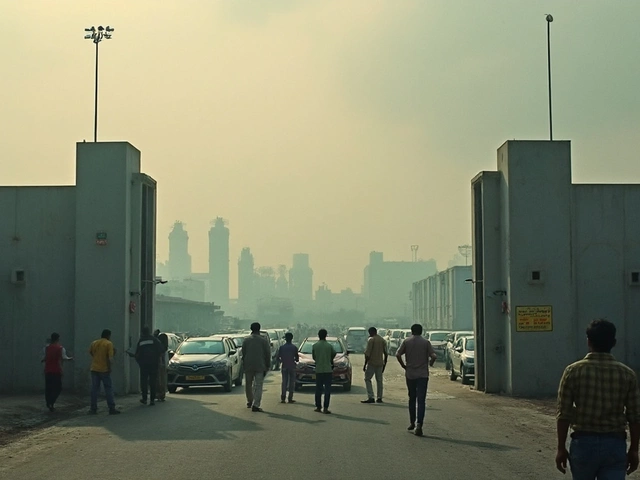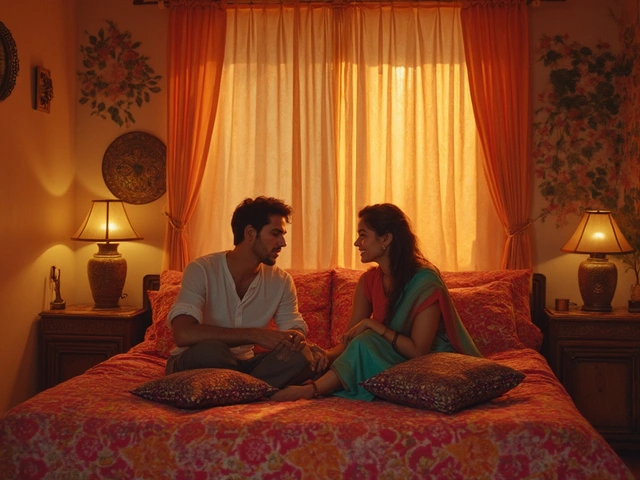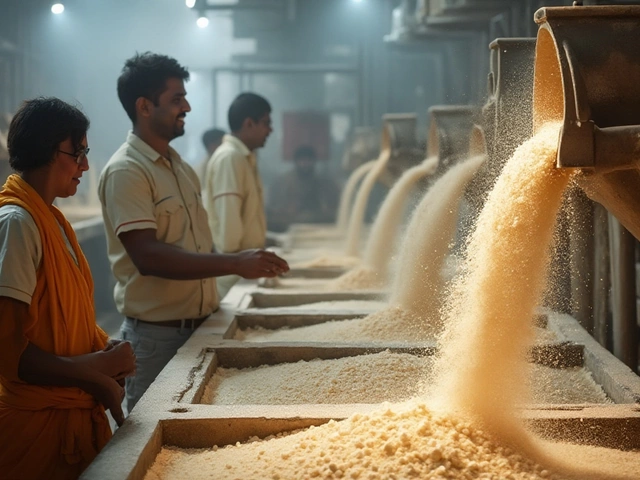
Every traveler has faced that moment of panic—unpacking your favourite gadgets in a hotel in a new country, then staring at the wall outlet, hoping your charger won't spark up or fizzle out. If you’re heading to India, you might ask: is the electricity there 110V or 220V? Trust me, it’s a valid question, and you definitely don’t want to learn the answer the hard way—by frying your phone or hair straightener.
Unpacking India’s Electrical Voltage: What You Really Get When Plugging In
India uses 220V as its standard voltage, not 110V. The frequency sits at 50 Hz. This means most outlets in the country pump out twice the typical voltage you’d find in North America (which is mostly 110V-120V at 60 Hz). If you show up with appliances made for Canada or the U.S., plugging them into an Indian socket without a converter is a quick way to a puff of smoke and a busted gadget.
You’ll want to know the physical side of things, too. The plug types you encounter are mostly Type C, D, and M. Type C (the standard European round pin) is the easiest for travelers to deal with—those two simple round prongs—but Type D is more common for larger appliances, with its three, round triple-prong arrangement. Type M looks like a chunkier version of Type D, mainly used for higher-powered devices, like heavy-duty air conditioners.
If you’re curious about how many volts, amps, or hertz are actually reaching those outlets in modern-day India, here’s a quick table of the latest confirmed data from the 2024 Indian National Power Survey:
| Region | Voltage | Frequency | Common Plug Types |
|---|---|---|---|
| North India (Delhi, Punjab) | 220V | 50 Hz | C, D, M |
| South India (Chennai, Bangalore) | 220V | 50 Hz | C, D, M |
| West India (Mumbai, Goa) | 220V | 50 Hz | C, D, M |
| East India (Kolkata, Assam) | 220V | 50 Hz | C, D, M |
No matter where you roam in India, you’ll find this 220V, 50 Hz setup. It’s about as uniform as Monsoon season and Mumbai’s vada pav. If you’re from a country with different standards, don’t gamble with your electronics—check those voltage labels before packing.
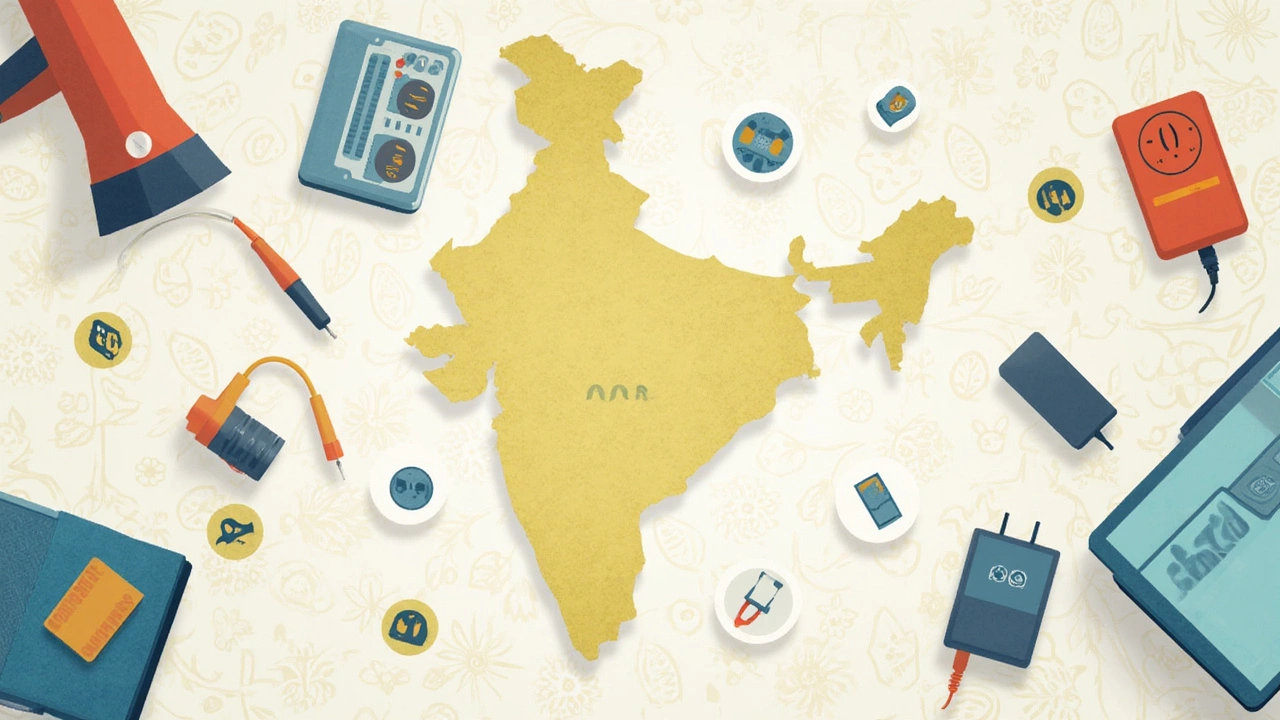
Travelers’ Troubles: Why Devices Burn Out and What You Can Do
Let’s get real. You’ve probably read or heard stories of someone blowing up a hair dryer or charging brick while traveling. India can easily be a culprit—not because of wild voltage swings (actually, India’s grid has gotten a lot more reliable lately), but because folks just don’t check compatibility before plugging things in.
Here’s the core problem: if your device or charger is only rated for 110V and you feed it 220V, it’s kind of like forcing a cat to eat an entire lasagna. It’s just not built for it, and you’ll get a mess—if not outright disaster. Most phone chargers and laptops these days play nice worldwide; look on the brick for something like “Input: 100-240V ~ 50/60Hz.” If you spot that, you’re good. But classics like hairdryers, curling irons, or older chargers might not handle 220V. That’s where you’ll need a voltage converter or transformer.
Don’t confuse a simple plug adapter with a voltage converter. A travel adapter only lets your plug fit the Indian sockets; it doesn’t change the voltage at all. For straight-up voltage conversion, you want a device labelled as a “converter” or “transformer.” And for India’s plug jungle, a universal adapter is key, since you might find both two-prong and three-prong sockets in the same hotel room.
Fun fact: hotel chains in the big cities—Delhi, Mumbai, Bengaluru—often have multi-type plug sockets in the rooms. But don’t bank on that in smaller towns or rural homestays. I’ve heard firsthand—my friend Amanda, who brought her Canadian blender on a yoga retreat in Rishikesh, had to trek two kilometers just to find a workable converter after a spectacular “pop” from the plug.
Want to be extra sure? Here’s a quick checklist to keep your gadgets safe:
- Check your device label for “Input: 100-240V.” If it’s there, you’re golden.
- Bring a universal plug adapter. Indian Type D is odd but everywhere.
- If your device only does 110V, buy a step-down converter.
- Test your converter with something cheap before plugging in your phone or laptop.
- Expect power outages or random surges, especially during storms or festival seasons.
Here’s another tip from bitter experience: surges in the grid still happen, usually during afternoon peak hours or big festivals. So use surge protectors for your sensitive gear—especially if you’re plugging in something like a gaming laptop or expensive camera batteries.
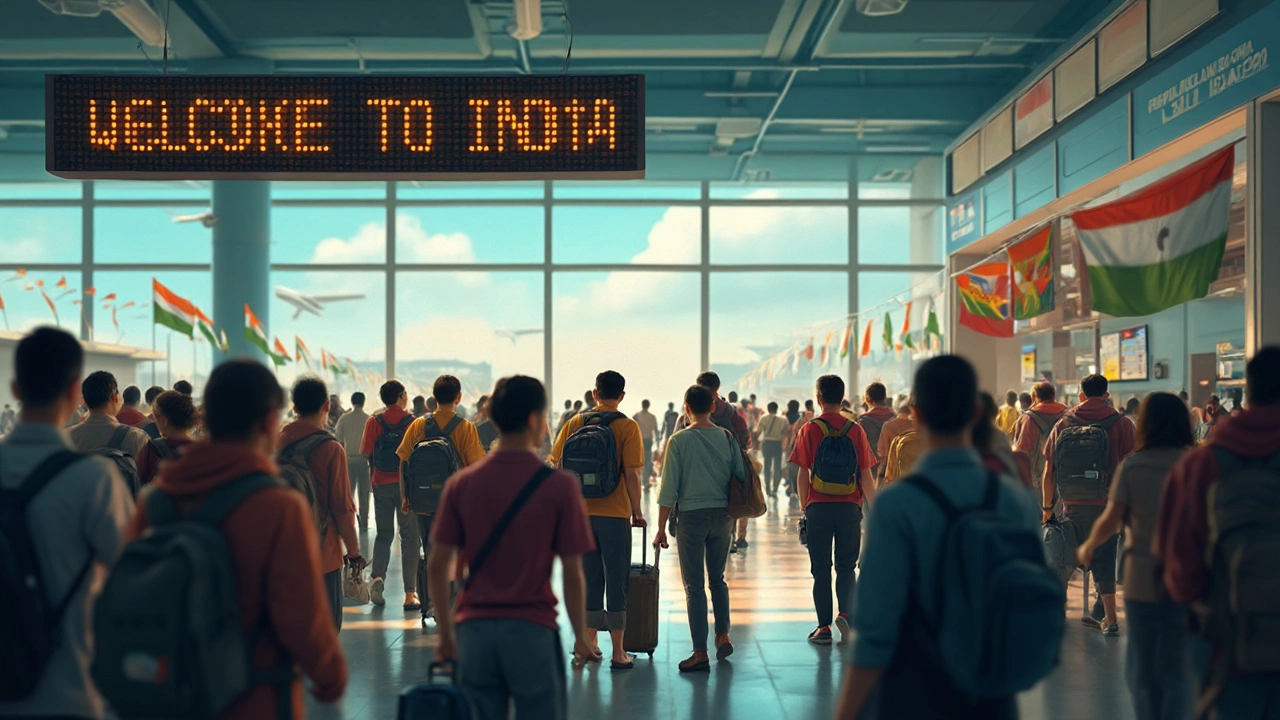
India’s Power Landscape: Curious Facts and Why It’s Shaped This Way
Now you might wonder: why did India go with 220V and 50 Hz, instead of 110V? Turns out, it’s more history than coincidence. When India first started electrifying its cities back in the late 19th and early 20th centuries, it leaned on British standards—just like most of the world that had colonial pasts. The UK standardized on 220V at 50 Hz, so India just followed suit.
220V electricity allows for efficient transmission over long distances, which is critical in a country as vast and spread out as India. The higher voltage means less energy lost in wires, which is a pretty big win when you’re trying to power a billion people. Utilities save on copper, and infrastructure is easier to maintain. That’s one reason why almost all of Europe, most of Asia, and Africa went the same route.
Here’s a quirky little stat: about 80% of the world’s countries use voltages close to 220V, but only roughly 20% use the 110V system—mainly North and Central America, and bits of Japan.
India has been rapidly expanding its grid and investing in stability. In 2023, the Central Electricity Authority reported India added over 15,000 megawatts in new generation capacity, and outages dropped about 11% versus 2022. This doesn’t mean lights never flicker—especially in the rainy season or in hill stations famous for wild weather—but it’s a far cry from the bad-old-days of daily blackouts. Even rural and remote areas have caught up, with solar panels now powering over 30 million homes, if you believe the Ministry of New and Renewable Energy.
Another interesting wrinkle: the famous Mumbai dabbawalas—those lunch delivery guys—swear by low-power, slow-cookers built specifically for 220V. They claim the flavors are different because food cooks slower and more evenly than at 110V. Maybe it’s a myth, but if you love spicy daal or legit masala chai, try a local cookpot over a standard North American one, and you’ll taste subtle differences.
While we’re on the topic, India’s push for smart grids and green energy is reshaping even the basics of home wiring. Smart meters are popping up in big cities; these sometimes allow users to pick "time of day" tariffs—cheaper electricity if you charge your gadgets at night. And you can spot USB wall outlets in newer luxury hotels, especially near airports and business districts. If you’re a digital nomad, plug hunting is getting easier each year.
One last tip—and this one comes from someone who’s seen a few oddities in travel: don’t assume every plug is grounded, even if it looks it. Sometimes the third “earth” prong isn’t actually connected to anything. To be safe, keep your feet off wet floors and don’t use that shaver while standing in the shower (I’m looking at you, reckless backpacker Paul). And if you’re working on your laptop, a rubber mat underfoot or insulated slippers can actually help cut down on static shocks during dry season.
Long story short, charge your phone, snap your vacation photos, but play it safe. India’s electric grid won’t stop you from living your best Instagram life, as long as you pack smart and stay a little voltage savvy.

